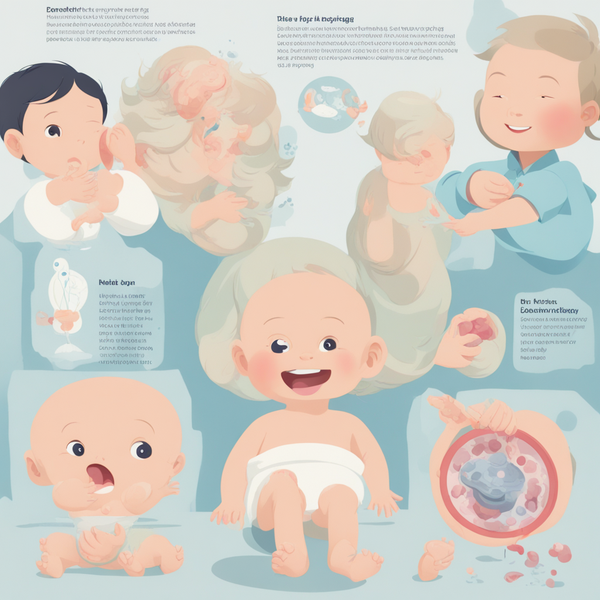1st October 2023
Current State of N eonatal Testing of Spinal Muscle Atrophy in Canada and Latin America
Spinal muscular atrophy (SMA) is an autosomal recessive condition marked by the irreversible loss of motor neurons, causing increasing muscle weakening and atrophy of the limb, trunk, bulbar, and respiratory muscles, making it difficult to breathe, feed, walk and sit.(Groulx-Boivin et al. 2023; Niri et al. 2023) SMA is one of the leading genetic conditions (1 in 10,000 live-born infants) contributing to infant mortality. (Groulx-Boivin et al. 2023) Severe forms of SMA progress rapidly, early signs are sometimes undiagnostic, and it may take months to diagnose, and treatment may not be entirely possible by then. Before 2016, the main goals of SMA therapy were symptom control and supportive care. Effective disease-modifying treatments (DMTs) have demonstrated significant promise in halting disease development.(Niri et al. 2023) Clinical research has also shown that the medication is most successful when started before the onset of symptoms. Therefore, reducing morbidity and mortality depends on early diagnosis. Early diagnosis is only possible if all infants are screened at birth. With this vision, SMA has been included in many NBS programs. Even the cost-effectiveness analysis has shown that universal NBS for SMA is economically beneficial in regions and nations where disease-modifying treatment is accessible.






